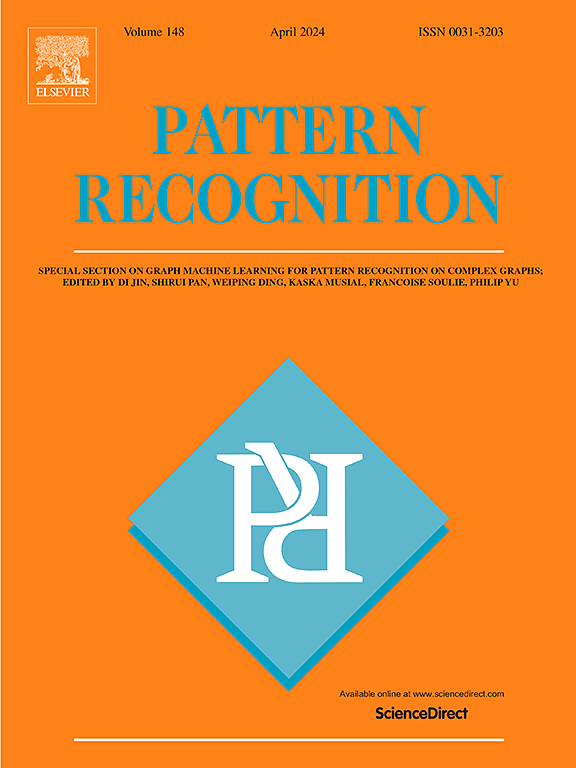RSPCA: Random Sample Partition and Clustering Approximation for ensemble learning of big data
IF 7.5
1区 计算机科学
Q1 COMPUTER SCIENCE, ARTIFICIAL INTELLIGENCE
引用次数: 0
Abstract
Large-scale data clustering needs an approximate approach for improving computation efficiency and data scalability. In this paper, we propose a novel method for ensemble clustering of large-scale datasets that uses the Random Sample Partition and Clustering Approximation (RSPCA) to tackle the problems of big data computing in cluster analysis. In the RSPCA computing framework, a big dataset is first partitioned into a set of disjoint random samples, called RSP data blocks that remain distributions consistent with that of the original big dataset. In ensemble clustering, a few RSP data blocks are randomly selected, and a clustering operation is performed independently on each data block to generate the clustering result of the data block. All clustering results of selected data blocks are aggregated to the ensemble result as an approximate result of the entire big dataset. To improve the robustness of the ensemble result, the ensemble clustering process can be conducted incrementally using multiple batches of selected RSP data blocks. To improve computation efficiency, we use the I-niceDP algorithm to automatically find the number of clusters in RSP data blocks and the -means algorithm to determine more accurate cluster centroids in RSP data blocks as inputs to the ensemble process. Spectral and correlation clustering methods are used as the consensus functions to handle irregular clusters. Comprehensive experiment results on both real and synthetic datasets demonstrate that the ensemble of clustering results on a few RSP data blocks is sufficient for a good global discovery of the entire big dataset, and the new approach is computationally efficient and scalable to big data.
求助全文
约1分钟内获得全文
求助全文
来源期刊

Pattern Recognition
工程技术-工程:电子与电气
CiteScore
14.40
自引率
16.20%
发文量
683
审稿时长
5.6 months
期刊介绍:
The field of Pattern Recognition is both mature and rapidly evolving, playing a crucial role in various related fields such as computer vision, image processing, text analysis, and neural networks. It closely intersects with machine learning and is being applied in emerging areas like biometrics, bioinformatics, multimedia data analysis, and data science. The journal Pattern Recognition, established half a century ago during the early days of computer science, has since grown significantly in scope and influence.
 求助内容:
求助内容: 应助结果提醒方式:
应助结果提醒方式:


